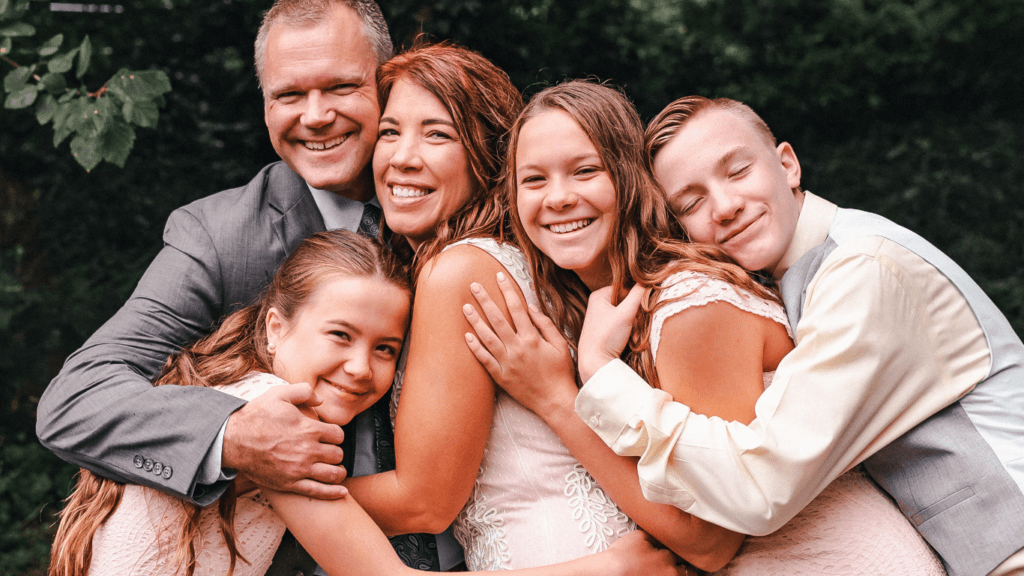A strong wellness routine isn’t just about eating right or exercising; it’s about building habits that bring balance and connection to your family’s daily life. When everyone’s on board, it becomes less of a chore and more of a lifestyle shift. The key? Finding what works for your unique family dynamic and staying consistent.
Why Family Wellness Matters
Family wellness impacts physical health, emotional harmony, and overall connection among family members. A meaningful routine supports not only individual well-being but also strengthens relationships.
Benefits of a Family Wellness Routine
1. Improved Physical Health
Engaging in activities like walking, biking, or meal prepping encourages healthy habits. Families adopting these practices often experience better energy levels and fewer health concerns.
2. Enhanced Emotional Bonds
Spending time together fosters trust and open communication. Wellness routines like yoga or mindfulness exercises reduce stress and strengthen emotional connections.
3. Better Stress Management
Families that prioritize wellness handle challenges more effectively. Exercise, relaxation practices, and time spent together act as buffers against stress.
4. Increased Consistency for Kids
Routines provide structure, which benefits children’s emotional and cognitive development. Consistent practices like bedtime reading and family meals help kids feel secure.
Common Challenges in Maintaining Wellness as a Family
1. Time Constraints
Work schedules, school responsibilities, and extracurriculars can limit shared wellness activities. Aligning everyone’s commitments requires intentional planning.
2. Differing Interests
Each family member may value different wellness activities. Balancing preferences ensures inclusivity and increases overall engagement.
3. Screen Time Dependency
Excessive device usage can disrupt routines. Setting physical activity or family interaction goals reduces over-dependence on screens.
4. Lack of Motivation
Fatigue and stress may lower commitment levels. Regularly celebrating small milestones boosts morale and sustains participation.
Key Components of a Successful Family Wellness Routine

A successful family wellness routine incorporates various elements that address physical, emotional, and nutritional needs. Each component strengthens family connections and encourages a healthier lifestyle.
Physical Well-Being
Daily movement supports overall health and sets a foundation for active habits. Activities like family walks, bike rides, or at-home workouts fit into busy schedules and include everyone. Including physical goals, such as step targets or outdoor play sessions, ensures consistency.
Emotional and Mental Health
Strong emotional bonds develop through intentional family time and open communication. Designating phone-free evenings or engaging in activities like family game nights fosters connection. Practicing mindfulness or gratitude journaling together improves stress management and mental clarity.
Nutrition and Healthy Eating Habits
A balanced diet promotes sustained energy and better health for the whole family. Meal prepping together, trying new recipes, or involving kids in grocery shopping encourages healthier choices. Scheduling family meals reinforces routine, creating an opportunity to connect while forming good eating habits.
Steps to Create a Family Wellness Routine That Sticks
Creating a lasting family wellness routine requires intentional planning and a focus on long-term commitment. Incorporating small, actionable steps with consistency ensures a routine that benefits everyone.
Assess Your Current Family Lifestyle
I examine our family’s current habits, identifying strengths and areas for improvement. This includes:
- analyzing daily schedules
- meal patterns
- physical activities
- screen time usage
For instance, if evenings often involve television or individual activities, I look for opportunities to introduce group activities like walking or board games. Recognizing existing challenges, such as time constraints or differing interests, allows me to make realistic adjustments.
Set Realistic and Shared Goals
I set attainable goals aligned with our family’s priorities and input from every member. Aiming for achievable targets, like incorporating three family meals per week or scheduling outdoor play for 30 minutes daily, fosters motivation across all ages. I ensure the goals are specific, measurable, and flexible. For example, one goal might be reducing sugary snacks to one treat per week, agreed upon collectively to encourage buy-in.
Establish Consistent Habits and Activities
I focus on incorporating activities that seamlessly fit into our routine for consistency. Designing a weekly schedule that includes diverse activities like meal prepping on Sundays, evening mindfulness sessions, and weekend park outings helps maintain balance. To ensure consistency, I designate specific times for these habits, keeping them predictable yet adaptable when necessary. Celebrating small wins, like sticking to a week’s exercise plan, reinforces progress and builds long-term momentum.
Tips for Maintaining Long-Term Success
A sustainable family wellness routine depends on adaptability, positive reinforcement, and collective effort. Integrating these strategies ensures the routine remains both effective and enjoyable over time.
Keep the Routine Flexible
Flexibility allows the routine to adapt as life changes. I adjust activities based on seasons, school schedules, and energy levels to keep things relevant. For instance, we replace outdoor walks with yoga during colder months or adapt meal preparation times around after-school activities. Flexibility reduces stress and helps ensure participation remains consistent, even during busy periods.
Celebrate Small Wins Together
Acknowledging progress keeps the family motivated. I set short-term goals like completing three family workouts in a week or trying a new vegetable at dinner, then celebrate these achievements together. Rewards don’t need to be extravagant—a family game night or extra screen time can suffice. Celebrations reinforce positive habits and build excitement around the routine.
Involve the Whole Family in Planning
Inclusive planning encourages ownership and commitment. I regularly invite everyone to contribute ideas, like new physical activities or recipes to try, during family meetings. For example, my kids might choose a weekend hike, or my partner may suggest rotating responsibilities for cooking. When everyone feels heard, maintaining the routine becomes a shared responsibility, increasing long-term adherence.




